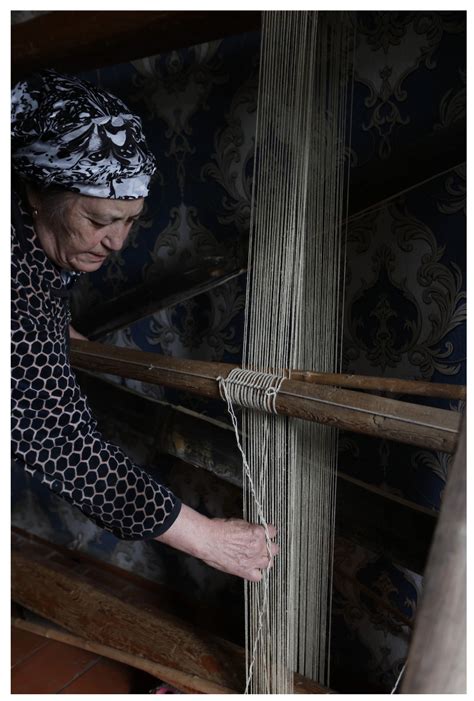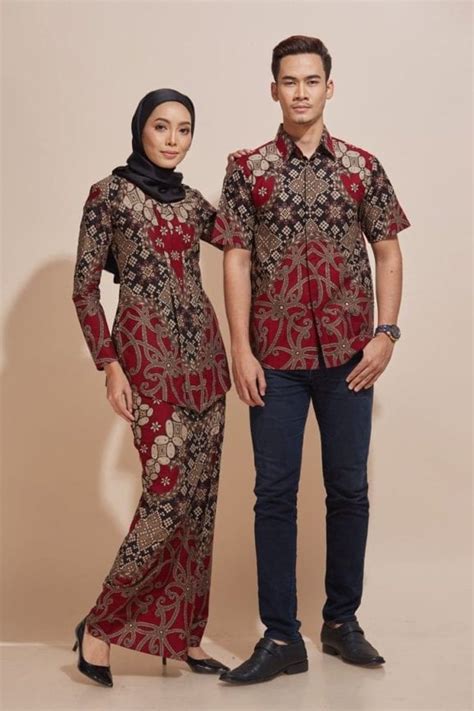Unveiling the Levant Weaving Technique

What is the Levant Weaving Technique?
The Levant weaving technique represents a rich tapestry of history and artistry, originating in the Levant region – encompassing modern-day Syria, Lebanon, Palestine, Jordan, and Israel. This ancient craft utilizes intricate weaving methods to produce stunning textiles renowned for their elaborate patterns, vibrant colors, and high-quality materials. Understanding the Levant weaving technique requires delving into its historical context, the tools employed, and the cultural impact it continues to hold.
A Deep Dive into Levant Weaving Techniques
Historical Roots and Evolution of the Levant Weaving Technique
The Levant weaving technique boasts a history spanning millennia, evolving alongside the region's diverse cultures. Early examples can be found in archaeological discoveries, revealing its ancient origins and significance in daily life and ceremonial practices. The techniques passed down through generations, adapting to changing materials and evolving aesthetic preferences. Over time, different regional variations emerged, each with its own unique characteristics and stylistic nuances.
Key Characteristics of the Levant Weaving Technique
The Levant weaving technique is distinguished by several key features:
- Intricate Patterns: Often incorporating geometric designs, floral motifs, and stylized animal representations, reflecting the region's rich artistic heritage.
- High-Quality Materials: Traditionally using fine yarns of silk, wool, cotton, and linen, ensuring durability and luxurious feel.
- Unique Weaving Structures: Employing specific weaving techniques, such as tapestry weaving, supplementary weft weaving, and brocading, to create complex patterns and textures.
- Vibrant Colors: Utilizing natural dyes derived from plants and minerals, producing a stunning range of hues that are both beautiful and durable.
- Link to a relevant article about Middle Eastern textiles
- Link to an article about traditional weaving techniques
Cultural Significance and Contemporary Applications
The Levant weaving technique is not merely a craft; it's an integral part of the region's cultural identity. These textiles often served symbolic purposes, representing status, wealth, and cultural affiliation. Today, the tradition continues, with contemporary artisans preserving and innovating upon these ancient techniques. Levant weaving technique finds applications in high-end fashion, interior design, and the creation of unique, handcrafted items.
Modern Revivals and Preservations Efforts
Despite challenges, the Levant weaving technique is experiencing a resurgence. Initiatives dedicated to preserving this craft are actively working to train new generations of weavers, promoting sustainable practices, and showcasing the beauty of these timeless textiles to a wider audience. These efforts are vital in ensuring that the Levant weaving technique continues to thrive for generations to come.
Frequently Asked Questions (FAQ)
Q: What makes the Levant weaving technique unique?
A: The Levant weaving technique is unique due to its intricate patterns, high-quality materials (often silk, wool, cotton, or linen), and the use of specialized weaving structures like tapestry weaving and supplementary weft techniques. These elements combine to create textiles of exceptional beauty and durability.
Q: Where can I find examples of Levant weaving?
A: You can find examples in museums specializing in Middle Eastern art and textiles, as well as through private collectors and contemporary artisans who continue the tradition. Online platforms also offer opportunities to discover and purchase these stunning textiles.
Q: Is the Levant weaving technique still practiced today?
A: Yes, despite challenges, the Levant weaving technique is still practiced. Efforts to preserve and promote the craft are ensuring its continuation, with both traditional methods and modern adaptations being used.
Related Articles
This article provides a comprehensive overview of the Levant weaving technique. Remember to explore the numerous resources available to delve deeper into this fascinating and historically significant craft.





